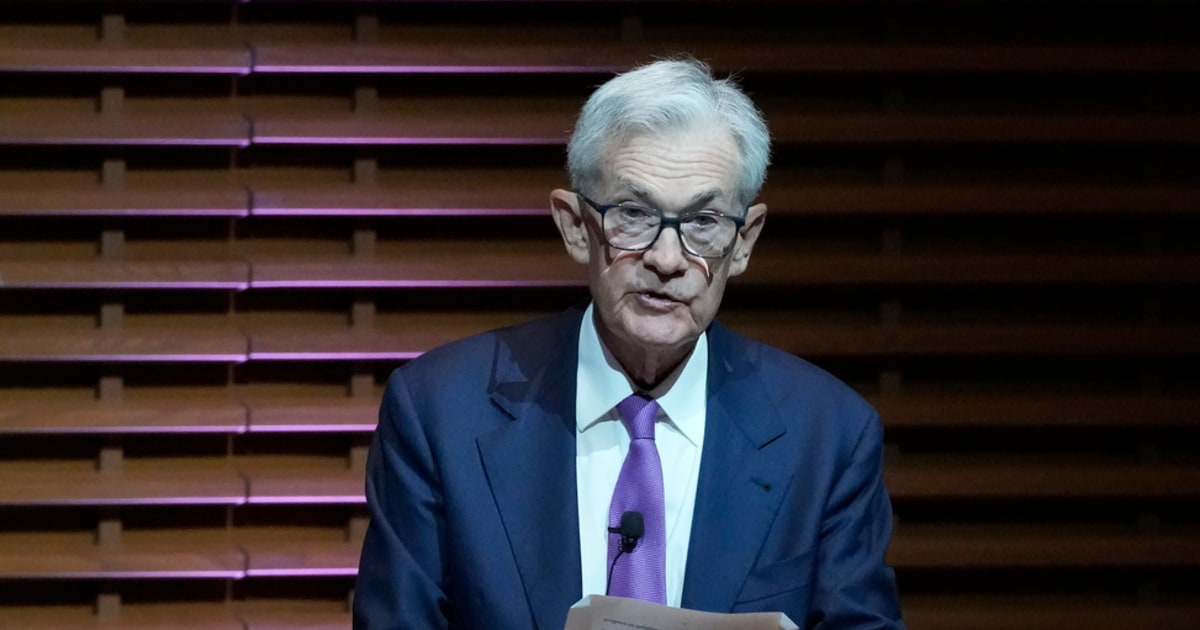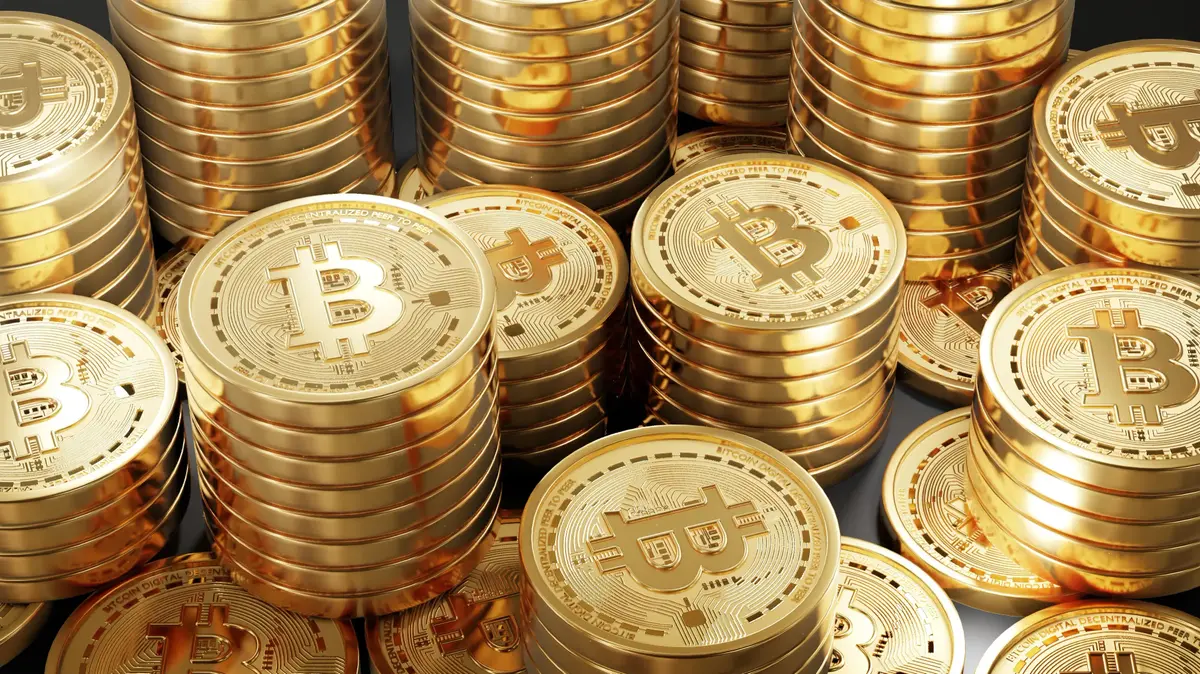Inflation has been the dominant topic of the Federal Reserve's monetary policy meetings for two years.
This week, however, the fall of Silicon Valley Bank and Signature Bank, and the contagion of financial instability have become, due to their novelty, the star theme.
Its chairman, Jerome Powell, faces the dilemma of whether to continue raising rates to combat inflation or pause while the financial storm subsides.
Most analysts expect the Fed to raise rates for the ninth straight time, 0.25 points, to the 4.75%-5% range.
The current president of the Federal Reserve is the first to appear to give explanations at a press conference after each monetary policy meeting.
This allows you to nuance and convey the messages with great precision.
For this reason, in addition to the decision on interest rates itself, the market will be very attentive to the references to the banking crisis in the statement, first, and to Powell's own words before the journalists, later.
Before the sudden death of Silicon Valley Bank, the victim of a deposit run, Powell was debating whether to raise interest rates 0.25 or 0.50 points (25 or 50 basis points).
Inflation seems somewhat entrenched.
He has given up some ground in the last seven months, but still stood at 6% in February, well above the 2% price stability target.
Furthermore, core inflation (5.5%) remains very high as well.
The Federal Reserve already eased the pace of rate hikes at its last meeting, at the beginning of February, in which the increase was 25 basis points, after four consecutive increases of 75 and a subsequent one of 50. Even then it said that they would additional increases are missing and investors thought that there would be another similar increase in March.
However, after the spectacular employment data in January and given signs that demand was not cooling off, Powell appeared before Congress at the beginning of the month and warned that it could pick up speed again.
Therefore, the market was hesitating between 25 and 50 basis points.
In less than a year, official interest rates have risen from close to 0% to the 4.5-4.75% range, the highest level since 2007. This is the sharpest increase in the price of money since the beginning of the 1980s. That rise in rates has detracted from the value of Treasury bonds that financial institutions have in their portfolios.
Those losses, in turn, have acted as a trigger for Silicon Valley Bank's crisis (along with various mistakes and blunders by the bank).
Other banks add up to hundreds of billions in unrealized losses.
The fall of Silicon Valley Bank and financial instability have led some analysts to speculate on the possibility of a pause in rate hikes.
In the midst of a storm, Goldman Sachs was considering this pause "in light of the recent tensions in the banking system."
Most analysts, however, expect a rise of 0.25 points, following the same script of the Bank of England and the European Central Bank (ECB): rate hikes to combat inflation, liquidity measures to ease tensions financial.
The Federal Reserve has already provided additional liquidity, but some expect additional measures this Wednesday.
The meeting comes, in any case, at a moment of some calm in the midst of the storm.
“We expect the Fed to raise 25 basis points at this meeting, but the decision and prospects for any tightening depend on financial stability.
The recent economic momentum and inflation have been overshadowed by the risks of the banking system, which has abruptly readjusted the path of the Federal Reserve”, they indicate from Bank of America.
Its analysts believe that the rates will end the cycle of increases with two more increases of a quarter of a point, at 5.25%-5.5% and that the US economy will enter a mild recession in the third quarter.
The market is pricing in a sign change in rate movements in the second half of the year.
Oxford Economics is also betting on a rise: “The Fed has signaled that it will not risk high inflation lasting longer than expected or the feared price-wage spiral, so we expect the FOMC to continue going up this week.
However, some Fed officials are likely to advocate a pause,” he notes.
And he adds: “If the Fed chose to pause this week, it would present a significant communication challenge.
Fed Chairman Jerome Powell has stressed that he does not want to repeat the mistakes of the late 1970s and early 1980s, when the central bank paused but later needed to resume hikes.
There's a saying on Wall Street that the Fed raises rates until it breaks something.
Previous cycles of rising official rates led to the junk mortgage crisis (2007), the collapse of the LGTM fund (1998) or the devaluation of the Mexican peso (1994).
Compared to those episodes, the current financial storm seems like a small thing.
In all these cases, moreover, inflation was not pressing as it is now.
Follow all the information on
Economy
and
Business
on
and
, or in our
weekly newsletter
Subscribe to continue reading
Read without limits
Keep reading
I'm already a subscriber

/cloudfront-eu-central-1.images.arcpublishing.com/prisa/3Z5DPWTDVPV52RG4WEZMCZGWIU.jpg)
/cloudfront-eu-central-1.images.arcpublishing.com/prisa/K63BQCT5FHKKXUWRSFYE4KBNFI.jpg)



/cloudfront-eu-central-1.images.arcpublishing.com/prisa/O3URHWIQOUAJHPGYUFW2ZWAF2I.jpg)








